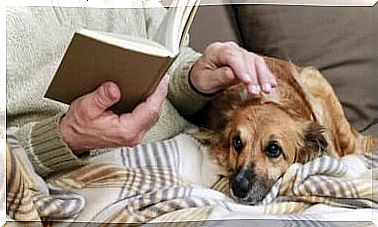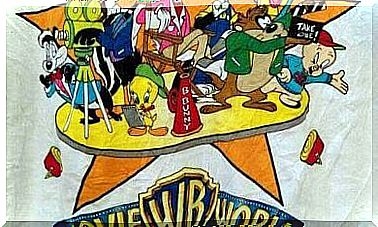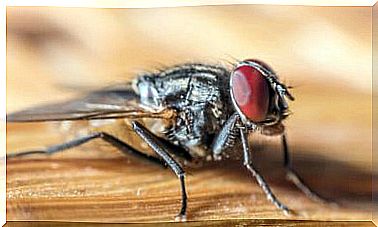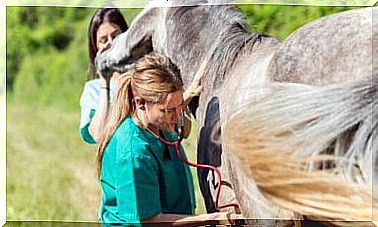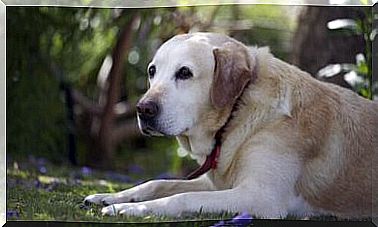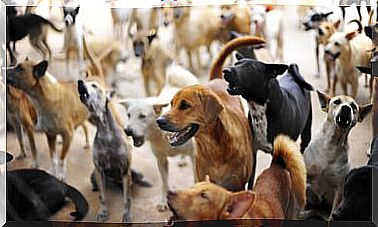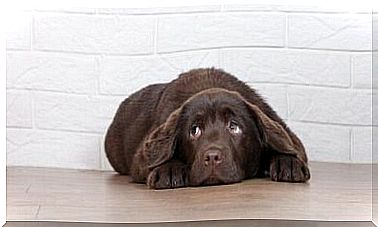Treating Wounds In Dogs
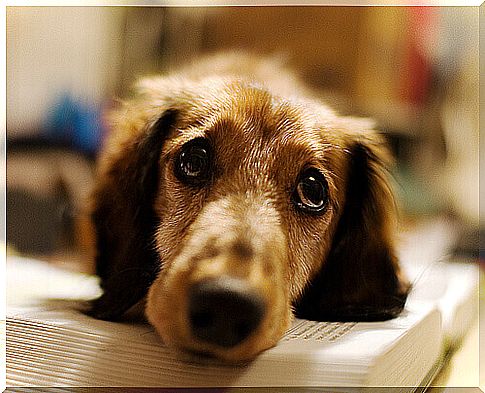
As we all know, dogs are true experts at getting into trouble. Sometimes they run into small accidents so you need to take them to the vet. Today we are going to teach you some tricks for treating wounds in dogs, so pay attention.
Keep in mind that your dog’s fast recovery will depend on how you take care of his wounds ; otherwise, they could become infected and lead to harmful consequences for your pet.
In general, four basic steps must be followed to disinfect a wound:
- Clean the area where the wound has occurred.
- Disinfect the cut.
- Let it get some air.
- Protect the wound.
Remember to make your dog wear a muzzle when you are going to clean a wound. This preventative measure is not about trust: when a dog is scared or injured, his natural reaction will be to grunt, even bite.
Aspects to be taken into consideration
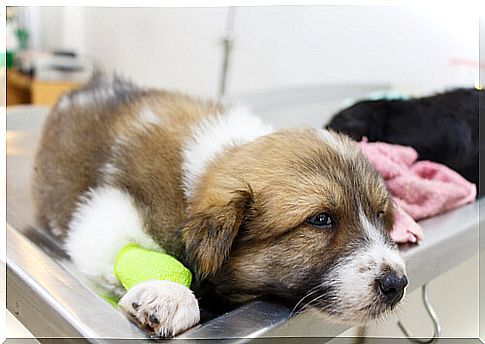
Before starting to treat the wound, you will need to assess the severity of the wound.
If your dog is complaining a lot, if you see considerable inflammation, if you see parts such as tendons, muscles or bones, if there are flaps of skin or tissue dangling, if he is bleeding profusely or the cut is very deep , it is best to to do is take him to the vet to decide which treatment to perform.
Cuts and scrapes can be easily treated at home, and it is good to do so to avoid subsequent problems. Bleeding wounds predict that the blood has stopped before proceeding to clean them.
To do this, apply some pressure on the wound for a few minutes (remember not to apply too much force so as not to further harm your pet). You can then use gauze to absorb any remaining blood around the wound.
Clean the wound
To properly clean a dog’s wound it is recommended that the hair be trimmed around the wound as it can interfere with the process. We suggest you use scissors and be very careful. By doing this you will not only be able to better assess the state of the wound, but this will make medication easier.
Clean the wound with soap and water, preferably using warm water. Be sure to remove any traces of dirt (dust, dirt, hair), so as to prevent any bacteria from entering your pet’s body.
Warm water will also help keep the dog quiet, which will be of great help during the rest of the dressing. Wash the wound for at least two minutes.
Disinfect the cut
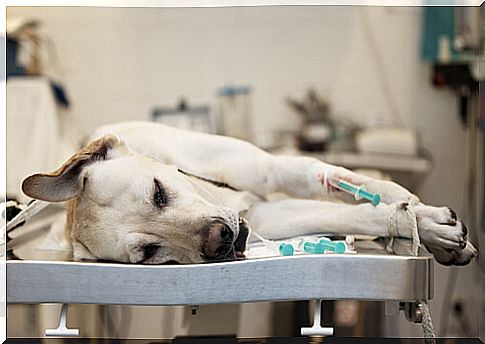
If you notice that the wound is causing pain in the dog but is not serious, or if it is inflamed, you can apply some ice on it. Remember to wrap it in a cloth to prevent burns or sticking to the animal’s skin.
Once the inflammation is controlled, use iodine tincture as an antiseptic and disinfect it. Before using it, remember to reduce the solution by mixing the antiseptic with warm water, in equal parts.
Then, with the help of gauze, gently pat the wound trying not to leave lumps on the dog’s skin. You will have to repeat the process at least three times a day.
If you want to apply other types of products, you can look for healing ointments or disinfectants, although it is always best to consult with your veterinarian before using a new product on your dog.
Let it get some air
In order for the wound to recover completely, it is best to let it dry well, so you will not have to cover it. Continue to clean it carefully and consistently as leaving the wound uncovered increases the risk of dirt entering and becoming infected.
Protect the wound
Unfortunately, many times it is the dogs themselves that cause further damage to their wounds, so it is essential that you check that the animal does not tickle its wound. The ideal to do this is to put your dog on an Elizabethan collar that prevents it from coming into contact with the wound, so that it cannot moisten it and it heals normally.
Your dog will most likely resist in front of the collar, and may appear distressed when you put it on. But don’t feel guilty, and think about the fact that it is a necessary measure for his good.
Featured image courtesy of Soggydan Benenovitch.
